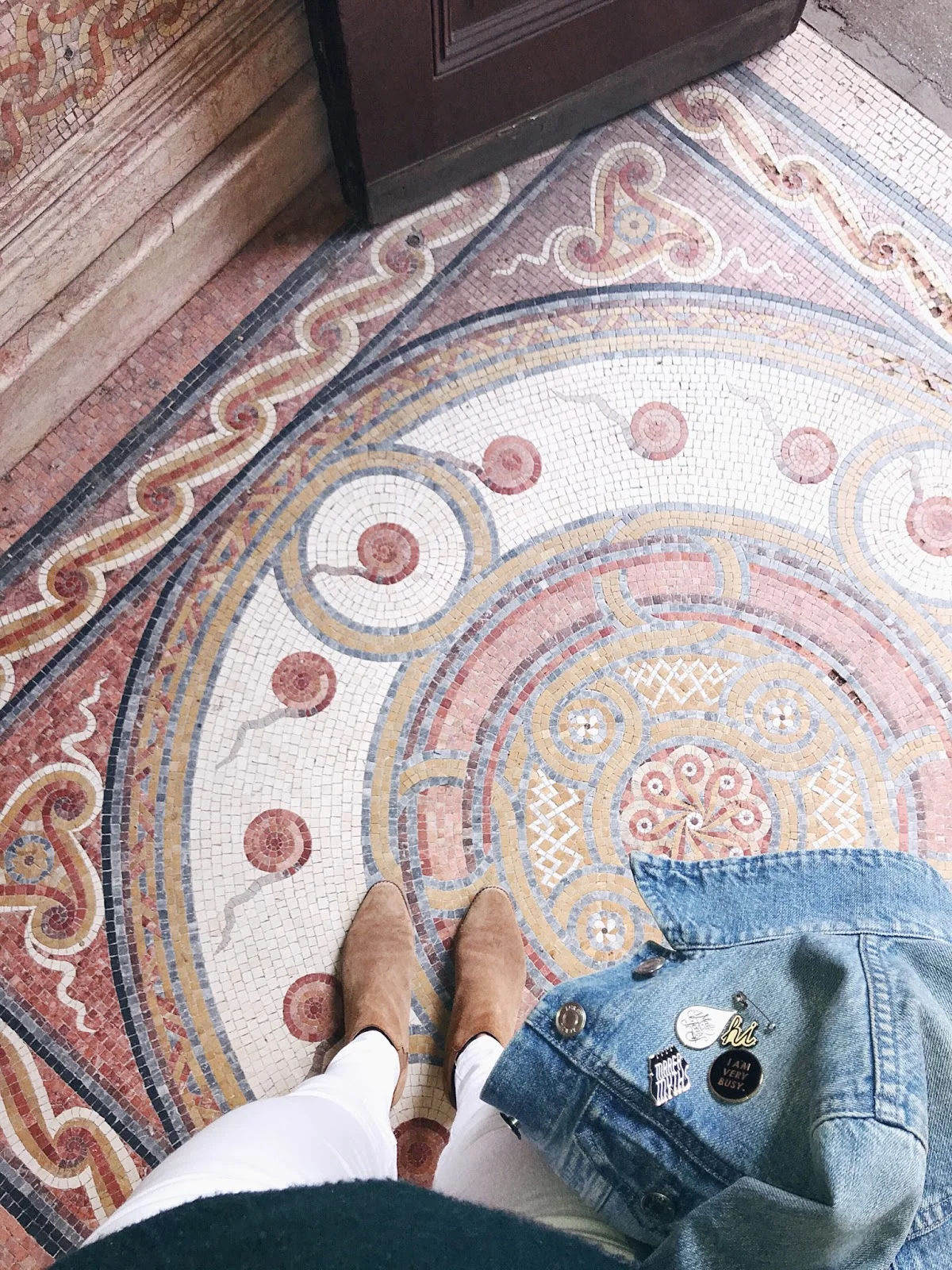On Dreams

The Collective Unconscious
Dreams are the hushed ensemble of our days, when hot waxed candles of logic are snuffed & the hamster wheel of thoughts hit the wall. The eyes of analysis quiver and shuts its eyes, life becomes a blur without boundary.
“Shape I may take, converse I may, but neither god nor Buddha am I, rather an insensate being whose heart thus differs from that of man” — ueda akinari
That's when also the rigid boundaries of of the psychic weaken, as the separation between the self, the other, and the collective soften. We lose shape. Our minds melt like butter in a psychic soup of the collective unconscious. In Jungian psychological perspective, our dreams have mythical and archetypal structures that shape our unconscious. They're psychological historical constants, symbols, and images across societies, such as the rites-of-passage into womanhood, death, and our relations with close kin such as our father or mother. So, in dreaming, we wake into this collective paradigm of understanding ourselves. Our minds lie spooning like lovers in a collective bed of images.
Memories, Dreams & Reflections
The unconscious wraps like skin the potential of our soul. It contains dreams whose messages we can unearth that slice into the shadows of our past or what stagnate us in the present. Dreams are like axed trees in a labyrinth, standing as signs to take us back onto the path towards our ideal selves. By interpreting them, we take the hands of time to cut away what block us from moving into the future we consciously envision.
Our dreams are conduits that we can use in our waking reality. Thoughts, behaviours, or ideas of the past can take on new meaning or novel ones occurring in dreams can translate into action. Yeats said that "in dreams begin responsibilities." Our desires and dreams are related, for what we desire is wanting or dreaming that which is not yet. Interpreting dreams then becomes a point of clairvoyance or insight into how to move forward with them.
The archetypal images that come to us through dreams signify that which may be out of balance in our lives. Targeting and analysing them through dream analysis then leads us to living more productively. These signs become our own personal mythology, in a sense, that signal maladaptive patterns to push us into reestablishing healthier ones.
Big vs. Little Dreams
That's when Big and Little dreams come in. Anthropologically speaking, these are terms employed by Australian aboriginal peoples. Big Dreams are ones that stick to our memory, following us for days or sometimes time immemorial that evoke events, places, or people that are absolutely foreign to our conscious mind. Little Dreams, on the other hand, are ones that seem like distant memories that are forgotten soon after we wake.
Jung classified Big Dreams as more than mere "flutterings" of neurons processing our conscious lives as we sleep like Little Dreams do. Rather, Big Dreams emanate from a subliminal resource of that collective unconscious with archetypal or symbolic imagery. There's no rhyme or reason to them in our waking, conscious mind but there's an understanding that lies beneath that within the unconscious.
That's because the "felt-thoughts" we experience in these dreams can influence our ego-directed responses in the waking world and its happenings, whether for good or ill. Back to responsibility that lies within our dreams . . . They also can act as a "wakeup call" or an epiphany ringing us into psychological or even physiological imbalances in our development. They signal us into the narratives of our past or present that we weave into our conscious lives that are working against our wellbeing and positive psychological growth.
Reading symbolically into these dreams, especially Big ones, can allow us to detangle the false narratives that we write about ourselves. We can untangle the myths we have written about ourselves from the archetypal ones that enter our dreams. Here is a book to understand dream archetypes and symbols in Jungian terms. It's an illustrated and comprehensive yet easy-to-read resource by Jung himself.
To learn more or work through your narrative through Inner Fieldwork, follow along here . . .


